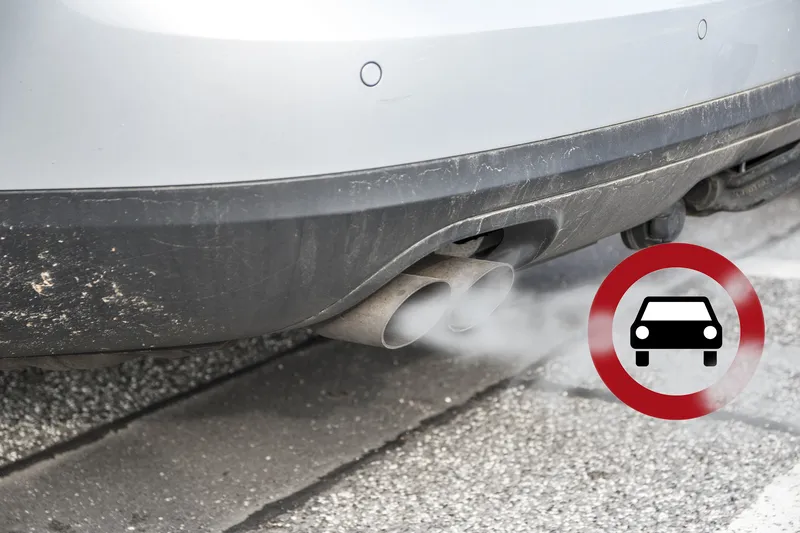The Mineta Transportation Institute has released a peer-reviewed research report, An Economic and Life Cycle Analysis of Regional Land Use and Transportation Plans. This study is the third in a series that applies a new form of spatial economic model to examine the economic effects, the distribution of those effects, and their implications for California's Assembly Bill (AB) 32 and Senate Bill (SB) 375 implementation. These bills are intended to significantly reduce greenhouse gases (GHG) and urban sprawl b
June 25, 2012
Read time: 1 min
RSSThe 5277 Mineta Transportation Institute has released a peer-reviewed research report, An Economic and Life Cycle Analysis of Regional Land Use and Transportation Plans. This study is the third in a series that applies a new form of spatial economic model to examine the economic effects, the distribution of those effects, and their implications for California's Assembly Bill (AB) 32 and Senate Bill (SB) 375 implementation. These bills are intended to significantly reduce greenhouse gases (GHG) and urban sprawl by 2050. Taken as a whole, the three reports provide new and expanded policy insights to help transportation and land use planners meet those stringent controls.
The free 72-page report is available to download here.
The free 72-page report is available to download here.








